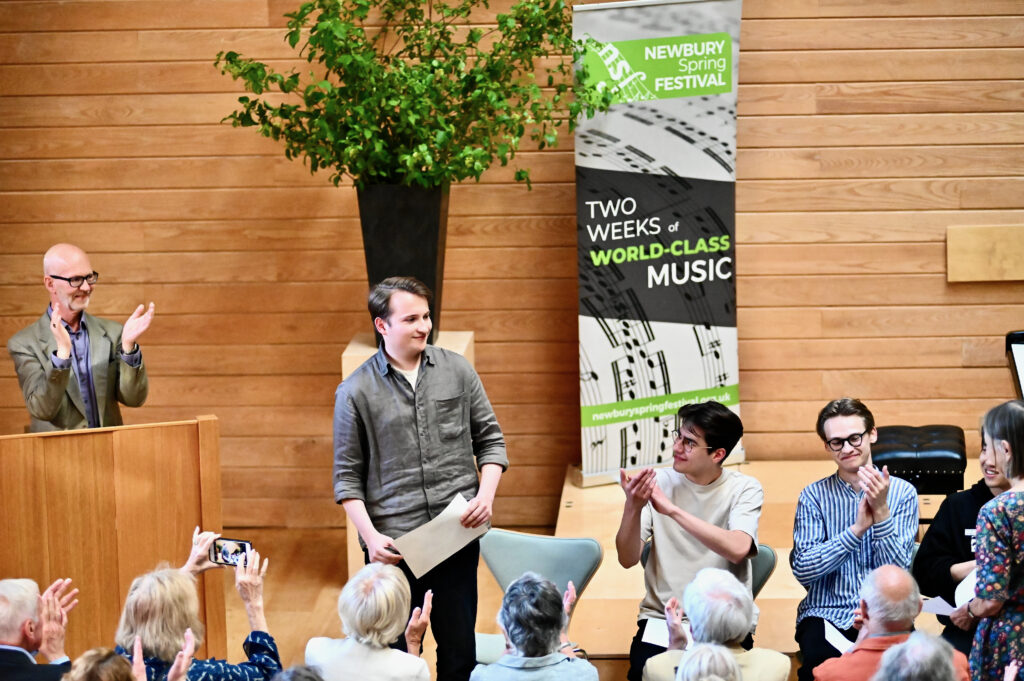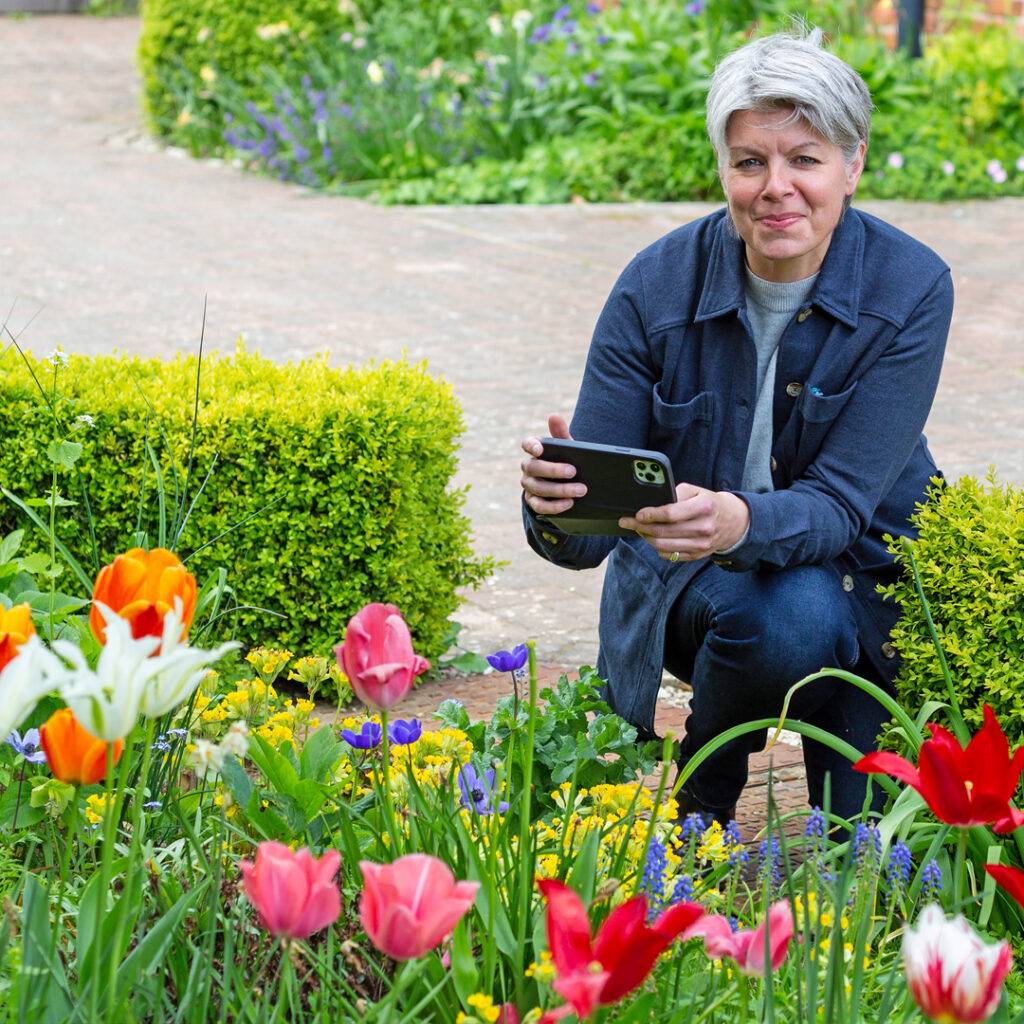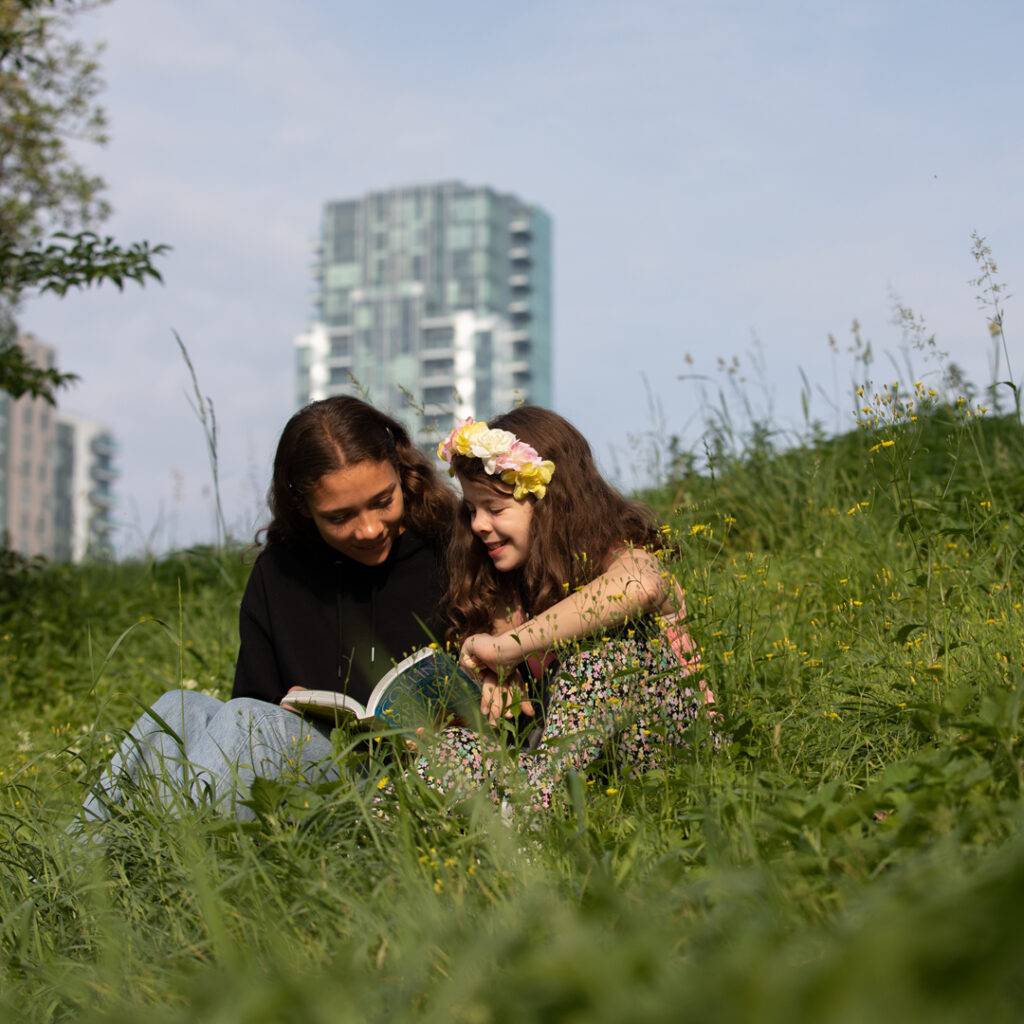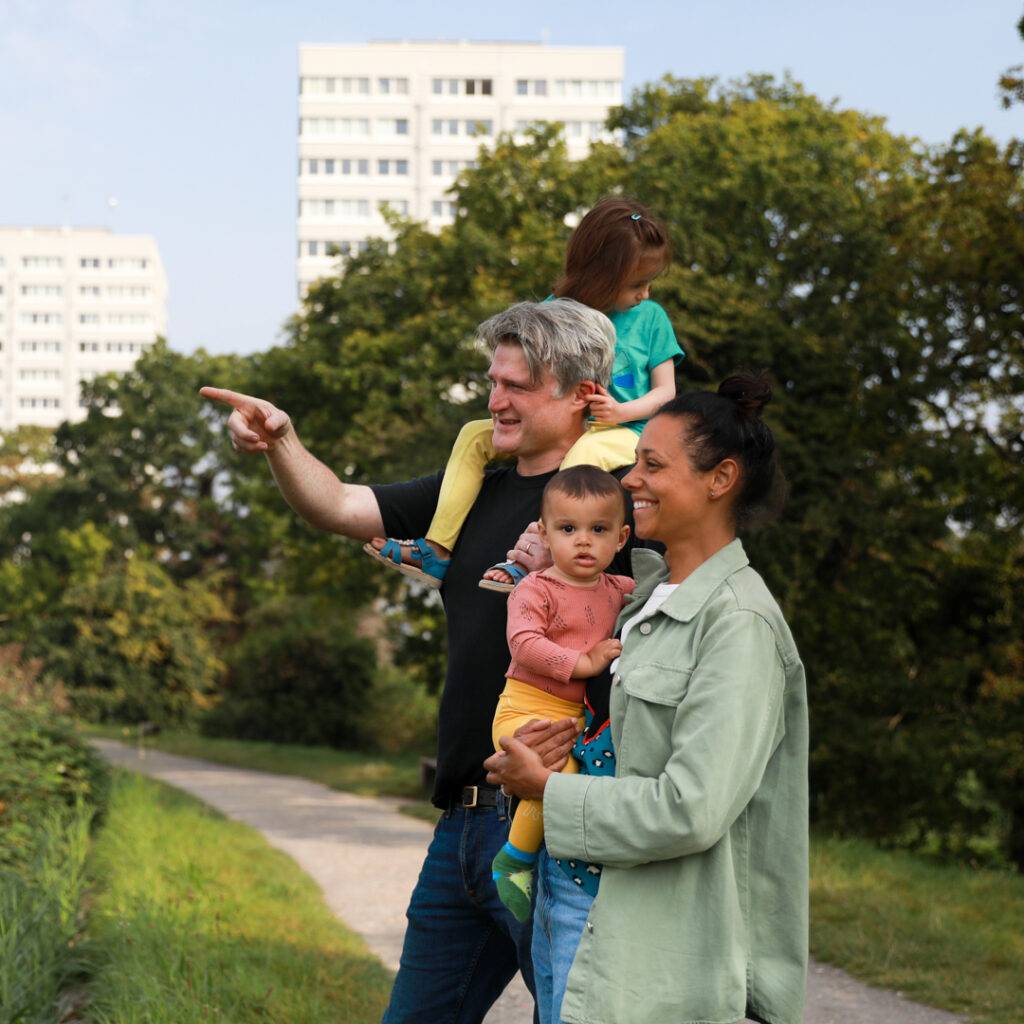Bucks Art Weeks, the county’s largest visual arts festival and open studios event, returns, 8th to 23rd June. You’re invited!
Every year in June the bright yellow signs go up across Buckinghamshire, and just across its borders. Often these are put up by individual artists and makers who’ve found the courage to open up their homes or studio to exhibit work to the public. Sometimes they are put up outside venues such as galleries, art centres, churches, barns and village halls where groups of artists gather together to create their displays.
As a visitor you might decide to visit open studios on your doorstep to support artists and to consider buying work. Other visitors plan tours using a town art trail, and can easily spend half a day meeting many of the artists, fuelled by a morning coffee or afternoon tea – many venues offer refreshments in exchange for a charity donation.
The free festival directory and website Bucks Art Weeks offers you a map of the locations of all these creatives. Decide on your stop-offs by looking at the online gallery belonging to each artist or maker, and check opening dates and times, parking, access and whether it’s a working studio with demonstrations. Keep an eye on @bucksartweeksofficial social media too.
One artist taking part for the first time is illustrator Elly Bazigos, whose work will be on show at Amersham Museum. She says: “I love interpreting history through illustration and drawing to process my experiences. Sometimes I even work like people in days gone by – I draw using a nib taped to a twig! For the museum, I hand painted more than 35 illustrations bringing Amersham history to life, bringing colour and charm to the timeline. Working with the museum is a pleasure. It’s small but mighty and I’m thrilled to be featured.”
An established favourite venue is Where Inspiration Blooms at Holy Trinity Church in Penn Street. Each year a diverse group of artists show their work here, and this year there are landscape paintings, ink prints, kiln-formed glass, ceramics, wildlife paintings, hand embroidered textiles and stained glass. Mia Babb, one of the artists, creates pen and ink drawings, often embellished with gold leaf. “I’m excited to be exhibiting with a talented, diverse group at a lovely venue which includes a brilliant pop-up cafe,” she tells us.

If you’re looking for something unique for your wardrobe, you could visit Sarah Ives in Lane End, who makes hand dyed and printed textiles. She says: “I discovered botanical printing and natural dyeing in 2019. I’ve always loved nature and crafts so it seemed a perfect fit, which quickly became a passion! I use plants, flowers and leaves to hand dye and print textiles. I create wearable art from natural fibres such as silk, wool, linen, leather and cotton, using crafts I love: sewing, crochet and weaving. You can often find me gathering the leaves, flowers, and plants from my garden where I grow my own flowers to use for dyeing and printing.”

Princes Risborough artist Christine Bass has been part of Bucks Art Weeks for an amazing 19 years, and she is the cover artist for this year’s directory with a lovely field of poppies. She paints her contemporary landscapes using acrylics with a collage base, and much of her work is inspired by the Ridgeway Path and the Chilterns countryside. Strong lines and shapes, flattened planes and saturated colour characterise a style that has won her many accolades. She is exhibiting among nine artists who are showing paper sculpture, ceramics, mosaics and jewellery at the medieval St Dunstan’s Church in Monks Risborough.
Did you know there is a new art gallery in Great Missenden? Hanks Gallery recently opened on the High Street. Claudine Hanks grew up in Little Kingshill and has lived in Prestwood for 17 years. She named the gallery in tribute to her father who sadly passed away when she was 10.
“I love the village,” says Claudine. “The countryside, community, knowing so many people when you pop to pubs and the gym. And the locals are delighted to have a gallery back on the High Street. It’s always been my dream to own an art gallery and exhibit my creations. I love what I do. And, knowing that people love my work too, well that’s simply… amazing.”
As a child Claudine loved to draw and paint. After passing her GCSEs at Rickmansworth Masonic School, then art A Level at The Misbourne, she gained an art foundation qualification at Bucks College. Claudine, who lives with her partner Kate, is also a graphic designer and proud owner of design agency, Blooberry Creative, an agency that helps businesses and charities with their branding, websites, campaigns and more. You can find out more at blooberrycreative.co.uk

Busy Claudine is also a DJ who founded OUR HOUSE which hosts local house music events. She adds: “I’m looking forward to the Our House day event on Sunday, 25th August at Magnolia Park in Wycombe. I’m DJing as well as my partner Kate and a host of other DJs. Tickets are available on Eventbrite, so see you there!”
Hanks Gallery will be open during Bucks Art Weeks and alongside Claudine’s work you can enjoy works by animal artist Sue Sibley. For more details please visit hanks gallery – art gallery
The Rowsham Creatives group at Manor Farm are busy bees. Before Bucks Art Weeks begins, on 1st June, they’ll host a fundraising event for the Multiple Sclerosis Trust with special guest actress Gill Wright (Jean Slater from EastEnders). Then throughout the festival fortnight there will be workshops for children (and adults) including: glass fusing, card making, drawing people, collages, painting in acrylic, pottery and print making. Find events and book in for a creative workshop at Rowsham Creatives – Manor Farm Fused Glass

Katrina Shearlaw, a glass artist who hosts the group in her studio, tells us: “I’m supporting six other artists, four of whom have never participated in the event before. It’s important to be able to support one another during this time and to keep art alive! I’m so excited to host my first charity event in support of the Multiple Sclerosis Trust. Gill is a friend of mine and her sister Lois was diagnosed with secondary progressive MS 25 years ago when she was in her 30s. It is a charity close to my heart as it has affected family and friends too, and with more than 130,000 people living with various types of MS in the UK so I’m delighted to help the cause.”
Once again The Boathouse Studio in Bourne End will welcome visitors to admire its beautiful leaded stained glass for the home and garden. Also in Bourne End, artist, painter and illustrator Sarah Luton will welcome visitors to her studio to see her wonderful local landscapes and portrait paintings: please visit sarahluton.com for a sneak peak!























